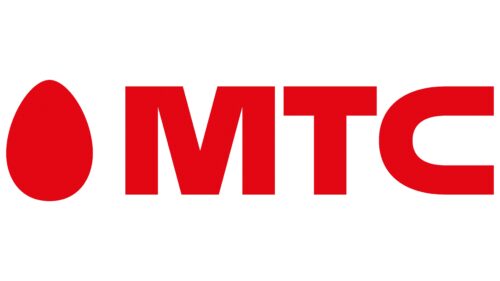MTS: Brand overview
In 1993, MTS (an acronym for Mobile TeleSystems) emerged in Moscow under the auspices of parent company AFK Sistema. The company initially focused on the Russian mobile communications market but quickly scaled its operations. By the late 1990s, MTS had attracted more than one million subscribers, cementing its status as Russia’s leading mobile operator.
In 2000, MTS debuted on the New York Stock Exchange, a groundbreaking move for a Russian enterprise. In the 2000s, the company expanded beyond Russia, acquiring telecom operators in Ukraine, Uzbekistan, Turkmenistan, and Armenia. By 2010, MTS’s subscriber base exceeded 100 million subscribers both in Russia and in various countries of Eastern Europe and Central Asia.
Today, the company retains the title of the largest Russian mobile operator, serving more than 75 million users. In addition to its core mobile services, MTS also operates in ancillary areas, including broadband Internet access, pay TV, and digital offerings. Sistema still owns the majority of the company’s shares, but its stake has recently been reduced to just under half. The management of the company is currently in the hands of CEO Vyacheslav Nikolaev.
MTS is headquartered in Moscow and has more than 60,000 employees working in various markets. As of 2021, the company had revenues of $7.26 billion. In a nutshell, MTS has gone from a Russian mobile operator to a dominant telecommunications company in Russia and a number of countries in Eastern Europe and Central Asia while retaining a controlling stake in parent company Sistema.
Meaning and History
1993 – 2002
2002 – 2006
2006 – 2010
2010 – 2015
2010 – 2019
2015 – 2019
2019 – today
The logo of the Russian mobile operator and telecom provider is written in Cyrillic, which does not correspond to its full English name – Mobile TeleSystems. Large, bright red letters create a heavy feeling as they resemble blood. The nearby symbol in the form of a drop or an egg also brings thoughts of blood. The letters are large, massive, and resemble a barrier.
This logo is not easy to forget. The big red letters and the drop next to them are like a stop sign saying, “Attention!”. But not in a friendly way, but as if warning of something serious. It’s not the kind of logo that makes you feel cozy but one that makes you buckle up and take notice.
MTS color codes
| Ruddy | Hex color: | #ff002e |
|---|---|---|
| RGB: | 255 0 46 | |
| CMYK: | 0 100 82 0 | |
| Pantone: | PMS Bright Red C |











